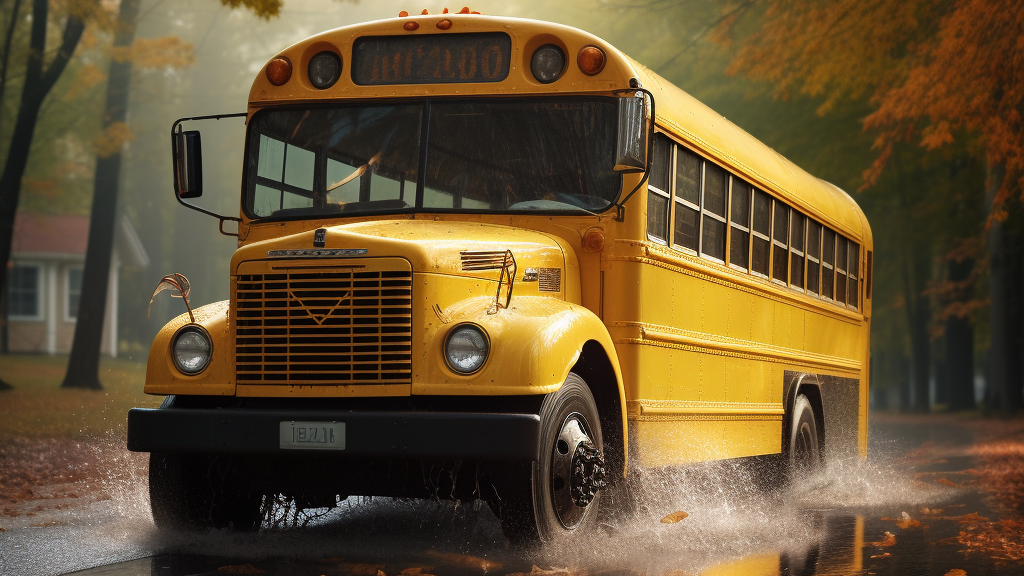
School-Associated Violent Deaths Checklist
School Safety -- August 1, 2023: As the upcoming school year approaches, the paramount focus on ensuring the safety and well-being of students, staff, and the entire school community has become more vital than ever.
In the wake of recent events and evolving challenges, school safety concerns have escalated to the forefront of educational agendas.
Below is from The National School Safety Center:
Checklist of Characteristics of Youth Who Have Caused School-Associated Violent Deaths
The National School Safety Center offers the following checklist derived from tracking school-associated violent deaths in the United States from July 1992 to the present. Follow this link to the School Associated Violent Deaths Report. After studying common characteristics of youngsters who have caused such deaths, NSSC has identified the following behaviors, which could indicate a youth's potential for harming him/herself or others.
Accounts of these tragic incidents repeatedly indicate that in most cases, a troubled youth has demonstrated or has talked to others about problems with bullying and feelings of isolation, anger, depression and frustration. While there is no foolproof system for identifying potentially dangerous students who may harm themselves and/or others, this checklist provides a starting point.
These characteristics should serve to alert school administrators, teachers and support staff to address needs of troubled students through meetings with parents, provision of school counseling, guidance and mentoring services, as well as referrals to appropriate community health/social services and law enforcement personnel. Further, such behavior should also provide an early warning signal that safe school plans and crisis prevention/intervention procedures must be in place to protect the health and safety of all school students and staff members so that schools remain safe havens for learning.
_______ Has a history of tantrums and uncontrollable angry outbursts.
_______ Characteristically resorts to name calling, cursing or abusive language.
_______ Habitually makes violent threats when angry.
_______ Has previously brought a weapon to school.
_______ Has a background of serious disciplinary problems at school and in the community.
_______ Has a background of drug, alcohol or other substance abuse or prescription drug dependency.
_______ Is on the fringe of his/her peer group with few or no close friends.
_______ Is preoccupied with weapons, explosives or other incendiary devices.
_______ Has previously been truant, suspended or expelled from school.
_______ Displays cruelty to animals.
_______ Often has shared their intent to harm with others
_______ Has little or no supervision and support from parents or a caring adult.
_______ Has witnessed or been a victim of abuse or neglect in the home.
_______ Has been bullied and/or bullies or intimidates peers or younger children.
_______ Tends to blame others for difficulties and problems s/he causes her/himself.
_______ Consistently prefers TV shows, videos or music expressing violent themes and acts.
_______ Prefers reading materials dealing with violent themes, rituals and abuse.
_______ Reflects anger, frustration and the dark side of life in school essays or writing projects.
_______ Is on the fringe of or appears isolated from their peer social group.
_______ Is often depressed and/or has significant mood swings.
_______ Has threatened or attempted suicide.
Developed by the National School Safety Center, Copyright 1988, Revised 2019
Dr. Ronald D. Stephens, Executive Director
30200 Agoura Road, Suite 260, Agoura Hills, CA 91301
Phone: (805) 373-9977


 How to resolve AdBlock issue?
How to resolve AdBlock issue? 